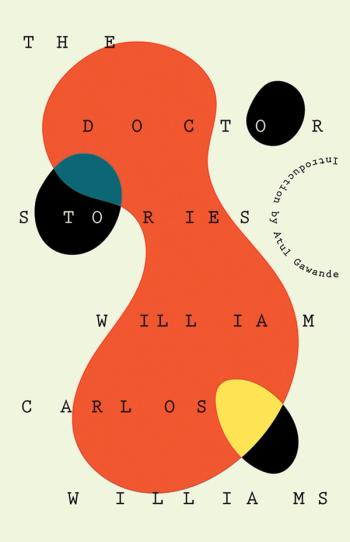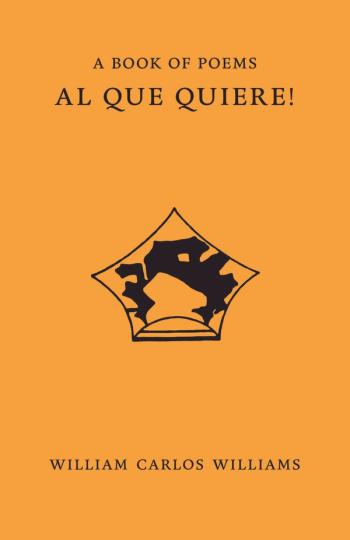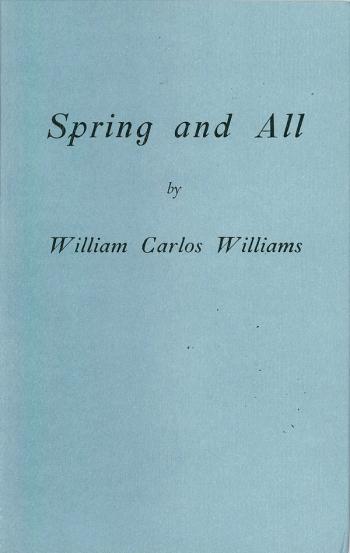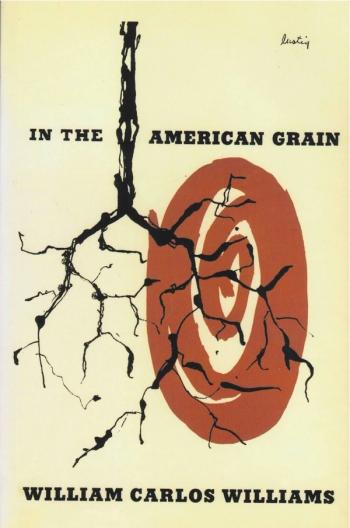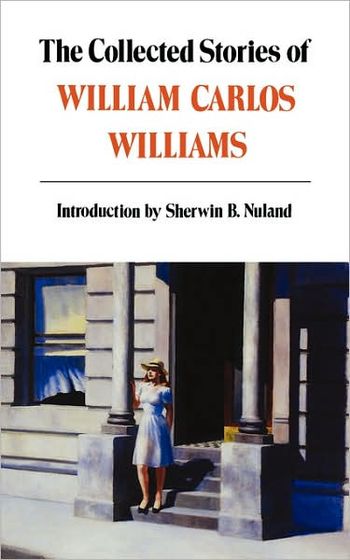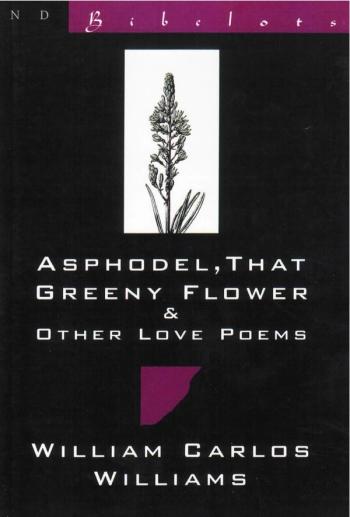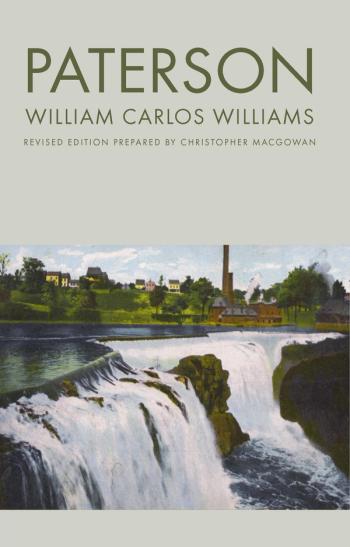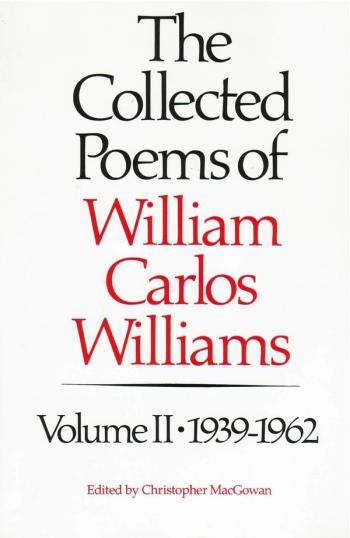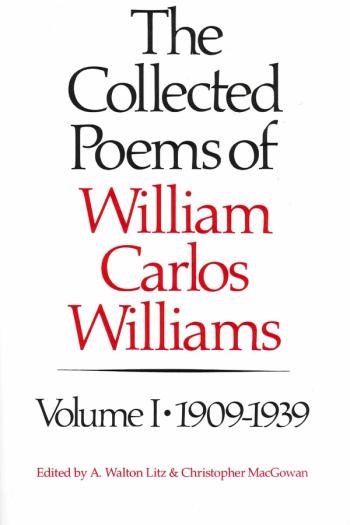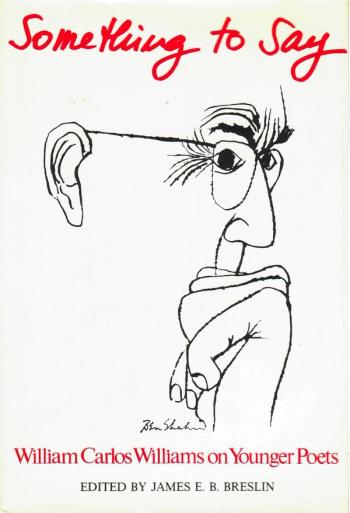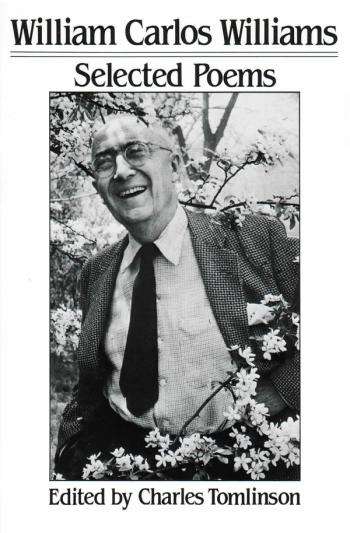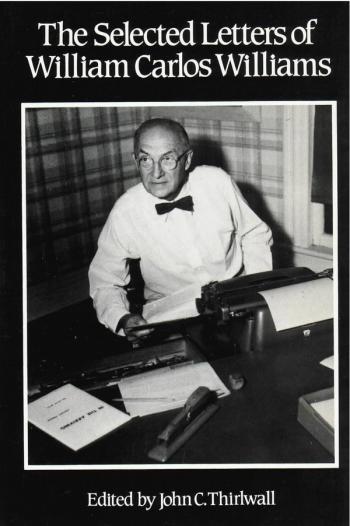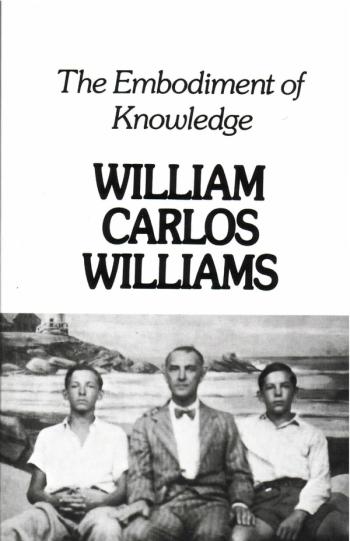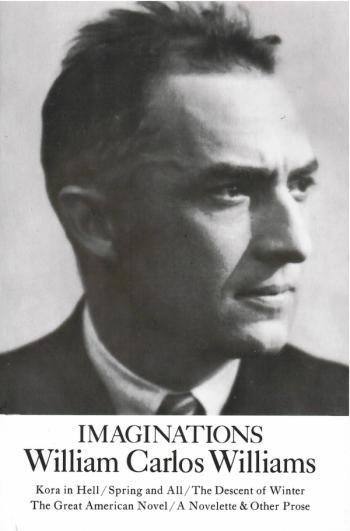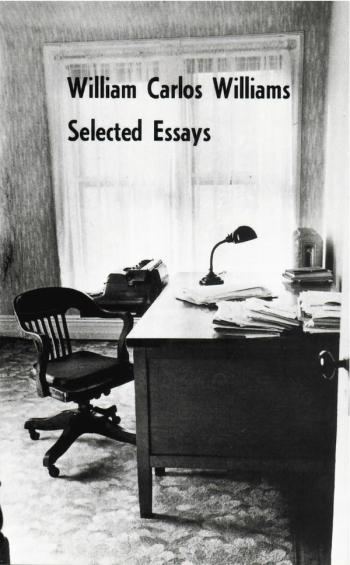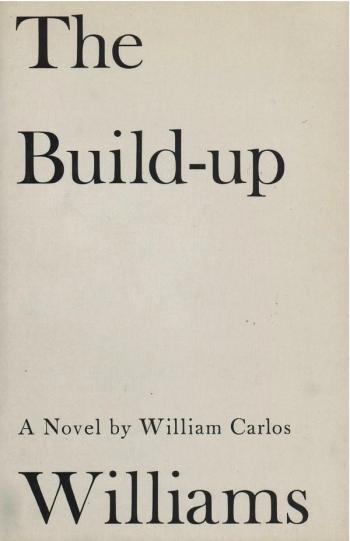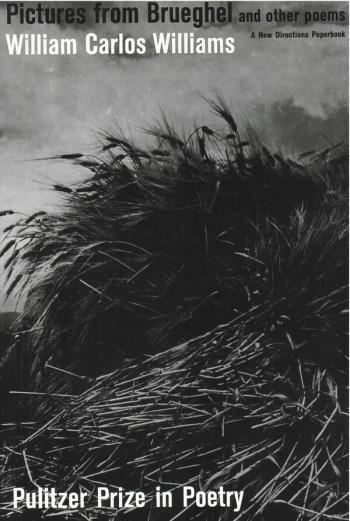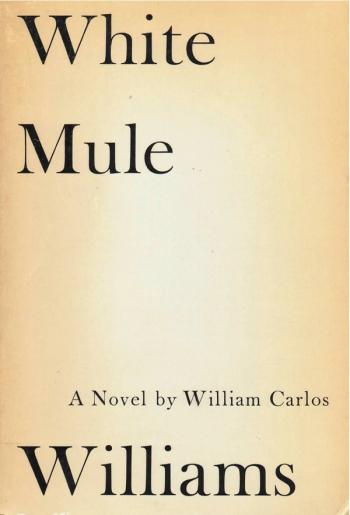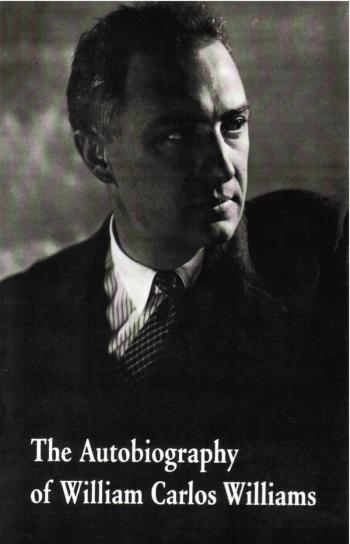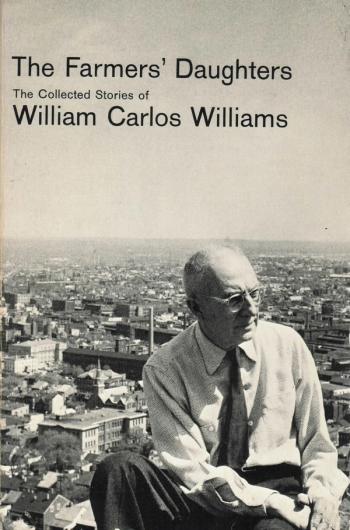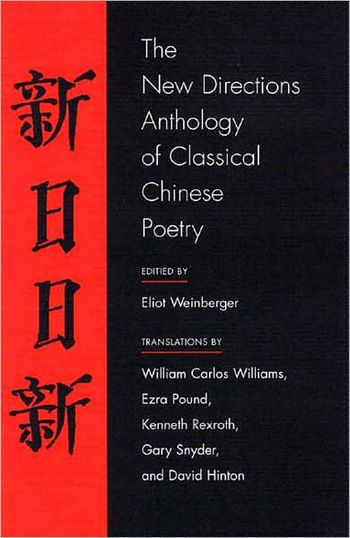As author
The Doctor Stories
The Red Wheelbarrow and Other Poems
Al Que Quiere!
By Word of Mouth
Spring and All
In the American Grain
The Collected Stories of William Carlos Williams
Pound/ Williams: Selected Correspondence of Ezra Pound and William Carlos Williams (The Correspondence of Ezra Pound)
Asphodel, That Greeny Flower & Other Love Poems
Paterson
The Collected Poems: Volume II, 1939-1962
The Collected Poems: Volume I, 1909-1939
Something to Say
Selected Poems of William Carlos Williams
The Selected Letters Of William Carlos Williams
Yes, Mrs. Williams
I Wanted To Write A Poem
A Recognizable Image
Interviews With William Carlos Williams
The Embodiment Of Knowledge
Imaginations
A Voyage To Pagany
The William Carlos Williams Reader
Selected Essays Of William Carlos Williams
The Build-Up
In The Money
Pictures From Brueghel
White Mule
The Autobiography Of William Carlos Williams
Many Loves And Other Plays
The Farmers’ Daughters
As translator
William Carlos Williams
William Carlos Williams (1883–1963) was a poet, short-story writer, novelist and essayist whose importance to the subsequent development of modern American poetry in the twentieth century grew out of his commitment to recording the “local” experience of Rutherford, New Jersey and its environs. From 1909 until the early 1930s, Williams’s poetry appeared in small journals and specialist editions, but the founding of New Directions by James Laughlin brought the author and young publisher together, and Williams subsequently published the majority of his remaining life’s work with Laughlin’s company. Williams’s career as a poet was supported by his full-time career as a practising physician in his hometown of Rutherford, and his poetry sought to capture the rhythms of the speech he heard around him. His fiction and short stories were also rooted in his local environment, as demonstrated by his Stecher trilogy of novels, beginning with White Mule, which first published by New Directions in 1937 only a year after the company was founded. In this and the subsequent volumes, In the Money (1940) and The Build-up (1952), Williams recounts the lives and speech of working-class immigrant families growing up in New York. Laughlin, who in 1937 described Williams as “the cornerstone of New Directions,” sought to bring out a collection of Williams’s poetry under one cover, an ambition which saw the Complete Collected Poems appear in 1938, before New Directions also published a collected edition of Williams’s later poetry in The Collected Later Poems (1950). Both works formed the inspiration for New Directions’ later scholarly editions of Williams’s collected poems in two volumes, The Collected Poems of William Carlos Williams, Volume I, 1909–1939, edited by A. Walton Litz and Christopher MacGowan, and Volume II, 1939–1962, edited by Christopher MacGowan, which appeared in 1986 and 1988 respectively. As a modernist poet guided in his early work by the goading and friendship of his college friend and fellow New Directions stalwart, Ezra Pound, Williams’s innovative and experimental poetry and prose also found a home under Laughlin’s wing. In 1946 New Directions published the first volume of a prospective four volume long poem entitled Paterson, the subsequent books appearing in 1948, 1949, 1951, before a fifth book appeared in 1958. A revised edition of Williams’s Paterson, edited by Christopher MacGowan, was published in 1992, and these remarkable editions completed the scholarly overhaul of Williams’s poetry undertaken by New Directions throughout the 1980s and early 1990s. His classic of literary Americana and creative non-fiction, In the American Grain (1952) was recently reissued with a new introduction by Rick Moody, and a facsimile edition of the first publication of Spring and All (Paris,1923) was just published with a new introduction by C.D. Wright.
[New Directions would like to thank Professor Ian Copestake for contributing this biography.]

